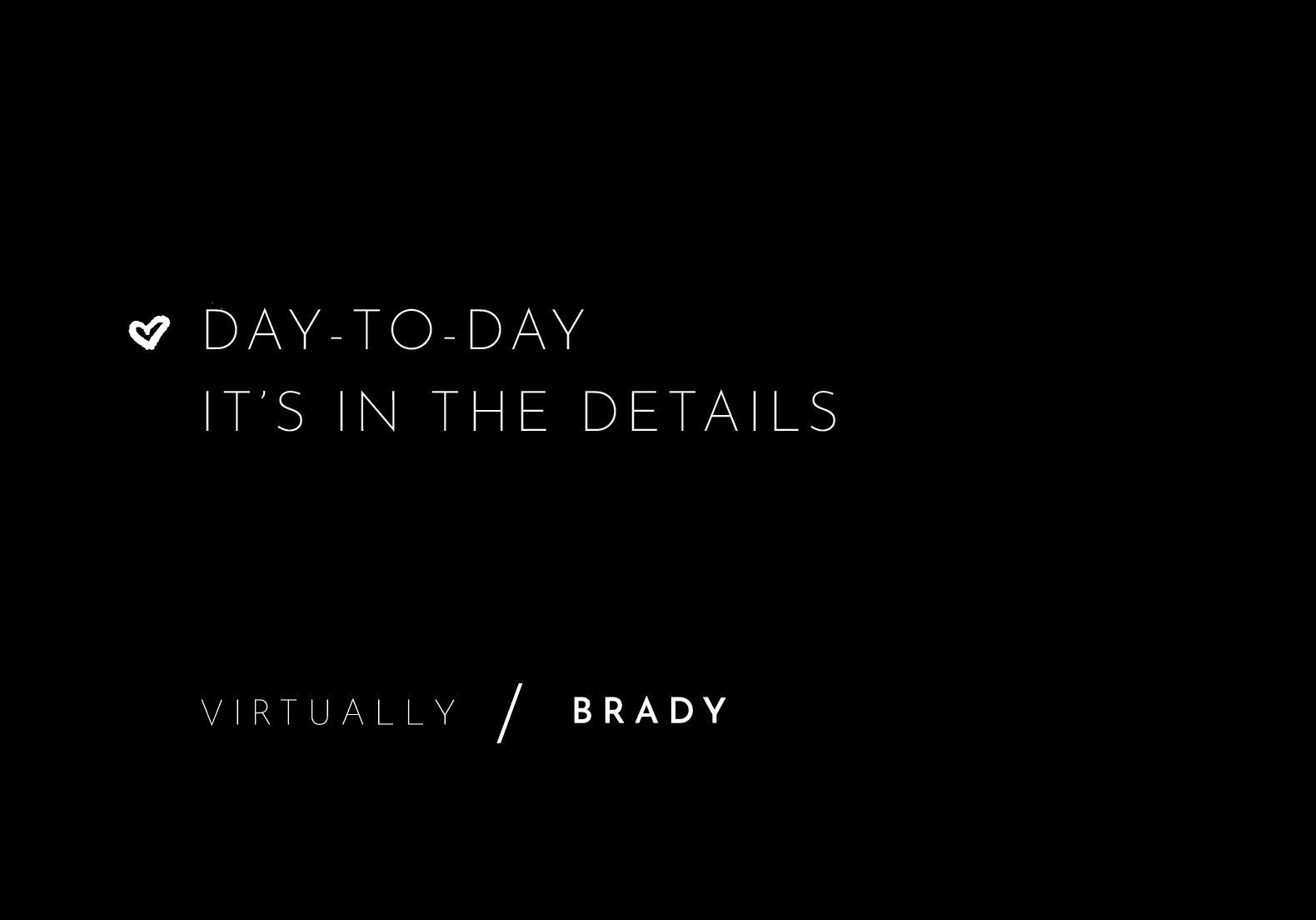
How to get Started with Email Marketing
Business owners often tell me they want to use email marketing but feel overwhelmed by where to start or how to make it work effectively.
Others tell me they’ve already started, but after sending one email, they never went back to it...a ghosted email list.
The good news?
Email marketing isn’t as complicated as it seems, and you don’t have to do everything at once. The best part is that you can start small and grow at your own pace. The key is consistency.
A single email won’t build connections or grow your business, but a well-planned, ongoing strategy will. Like any valuable business strategy, email marketing does require time and consistency.
Whether you have a handful of subscribers or a growing list, every email you send helps build relationships, establish trust, and keep your business top of mind.
There will always be opportunities to optimize, tweak, and expand your email marketing efforts, but the most important step is to keep showing up.
With the right foundation in place, you can turn email into one of the most powerful tools for engaging your audience and driving business growth.
Keep reading for a step-by-step guide to help you do just that.

Top 4 Key Steps to Start Email Marketing
Whether you're just getting started, have only sent a single email, or use email marketing randomly, this list is for you. No matter where you are in your email marketing journey, these insights will help you maximize your efforts.
Step 1: Choose an Email Marketing Platform
The first step in successful email marketing is selecting the right email platform.
Many business owners start by sending emails directly from their personal email accounts, but to truly maximize your efforts, it's best to use a dedicated email marketing platform. Not only does this streamline your process, but it also provides valuable insights into performance, engagement, and growth.
Some popular platforms to consider include Flodesk, Mailchimp, Kit, and Constant Contact. While these tools come with a cost, email marketing consistently delivers a high return on investment (ROI), making it a worthwhile investment for your business.
The Direct Marketing Association (DMA) reports that "email marketing has a 4,200% ROI, meaning that for every $1 spent, businesses can expect a return of $42. This makes email marketing one of the most cost-effective and effective ways to reach an audience".
Each platform offers different features and pricing structures, so reviewing them based on your budget and needs is key.
Having used all of these over the years, my top recommendation is Flodesk. It’s user-friendly, and visually appealing, and unlike many competitors, it offers a flat-rate pricing model, meaning you won’t pay more as your subscriber list grows. (my favorite benefit) If you want a simple, stylish, and effective platform, Flodesk is a great choice, click here to find out more about my favorite platform. And great news, you can do a 14-day FREE trial, and/or get 50% off, just click HERE.
Step 2: Build Your Email List
Building your email list takes time, but the key is to make it easy and valuable for people to subscribe. When potential subscribers see the benefit, they’re more likely to join.
A simple way to start is by adding a sign-up on your website, similar to this!. Make sure it’s easy to find, and share the link often on social media, in your profile bios, within blog posts, and even in your email signature. The more visibility it has, the more opportunities people have to subscribe.
Offering an incentive, such as a free guide, a discount code, free shipping, or something exclusive can also encourage sign-ups. When people see immediate value in subscribing, they’ll be more inclined to hand over their email.
Don’t forget to take advantage of in-person opportunities as well. If someone asks for your business contact information, that’s the perfect time to invite them to join your email list. If you attend or host events, set up an email sign-up sheet at your booth and actively encourage people to join.
Every small step adds up over time, helping you build a strong, engaged email audience, so be sure you continue to ask people to sign up.
If you're looking for more ways to grow your email list, keep an eye out—I’ll be sharing a blog post on this soon.
Step 3: Create Your Email Template
Creating an email template is a great way to streamline your email marketing, making it easier to get emails done faster while maintaining a consistent brand presence.
And the email marketing platforms have template options that you can use and create for your brand, making it even easier to create.
Instead of starting from scratch with every email, a template provides a structured layout, making it easier to include your content and keeping your branding, colors, fonts, and messaging style consistent.
It also ensures your emails remain visually appealing and easy to read, helping to build trust and recognition with your audience. A template isn’t just about design, it helps guide your content creation, keeping your message clear and engaging.
Plus, a well-designed template can improve efficiency, allowing you to focus more on creating valuable content rather than formatting each email.
I use two templates that I rotate weekly, and having them in place allows me to complete my emails efficiently. I simply fill in the necessary fields, saving time and ensuring consistency. Without a template, staying consistent with my emails would be much more difficult.
As you get started with email marketing, take time to consider: What do you want to share with your audience? I’ll be diving deeper into content ideas in an upcoming blog post, but for now, remember that your content should always provide value, information your audience needs and finds useful, helping to strengthen their connection with your brand.
Step 4. Plan a Consistent Sending Schedule
Consistency is the key to successful email marketing, but it has to be a schedule that works for you. You’ll hear plenty of advice on the “best” frequency—if someone says ‘twice a week is ideal’, that is great, but if that’s not realistic for your schedule, it’s not the right plan for you.
Email marketing is valuable, but it also takes time. If you can’t commit to sending multiple emails per week, start smaller.
Your email content also plays a key role in determining your sending schedule, as the frequency of your emails should align with the value you provide.
Some businesses naturally have more updates to share than others, so it's important to review what information your audience needs and how often they should receive it.
Find a balance between delivering valuable content and ensuring your schedule is manageable with your available time.
When I first launched my email list, I sent emails once a month. Then I increased it to twice a month. Now, I send them weekly. I had to ease into it and find a rhythm that fit my routine.
I also made it a priority to expand my schedule when I started my
blog. Building a library of content provides a strong foundation for engaging and valuable email marketing.
The most important thing? Stick to a schedule you can maintain. Consistency builds trust and familiarity. If your audience gets used to seeing your email in their inbox every other Thursday at 6 AM, they’ll start to expect it, and even look forward to it.
Ready to launch your email marketing?
Getting started with email marketing doesn’t have to be overwhelming. By choosing the right platform, building your email list, creating a template, and establishing a consistent sending schedule, you set yourself up for email marketing success.
The key is to start small, stay consistent, and focus on providing value to your audience.
Over time, your emails will strengthen, build more engagement, and help grow your business.
So, whether you’re just getting started or reviving a ghosted email list, take the first step today!
If you’re in search of some extra help to get email marketing to the top of your priority list, you are in the right place! This is an area I work with and am here to help. Click HERE to connect with me. 🖤

I'm Brady.
I'm a
small biz virtual assistant, specializing in helping you stay on top of your day-to-day tasks.
HERE'S HOW I CAN HELP.












